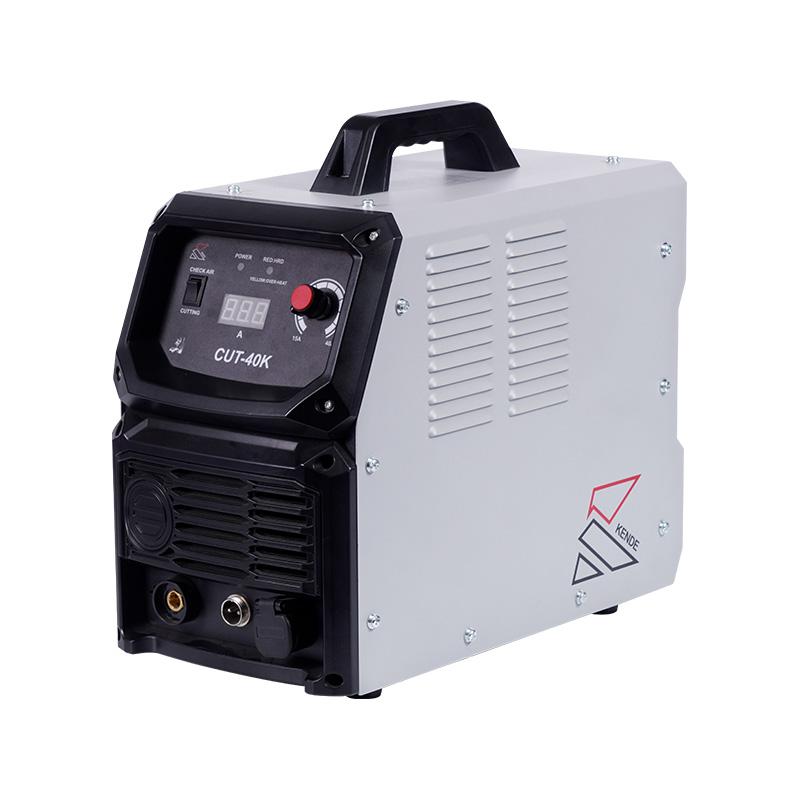Lightweight and Portability
Traditional arc welders rely on large transformers, making them bulky and heavy. In contrast, inverter arc welders achieve miniaturization and lightweight design through the use of high-efficiency electronic components like IGBTs. For example, an inverter arc welder with the same output capacity might weigh only 1/10 to 1/5 of a traditional machine, making it easier to transport and deploy in various work sites, especially suitable for outdoor operations and environments with limited space. The portability of inverter arc welders allows welders to move more flexibly, improving work efficiency.
Optimized Start-up Characteristics
Inverter technology ensures a faster and more stable start-up of the welder. Traditional welders may experience current fluctuations during start-up, affecting welding quality, whereas inverter arc welders can precisely control current output through microprocessors, achieving rapid and stable arc ignition. This feature is particularly crucial for welding tasks requiring frequent arc starts, ensuring the continuity and high quality of the welding process.
Broad Adjustment Range
Inverter arc welders offer a more precise and extensive range of current and voltage adjustments, thanks to their pulse width modulation (PWM) or phase shift control technology. Welders can easily adjust to the suitable welding parameters based on different materials and requirements, whether it's fine welding of thin plates or deep penetration welding of thick plates, providing ideal welding results. In comparison, traditional welders have a limited adjustment range, making it difficult to meet the complex and varied demands of welding tasks.

